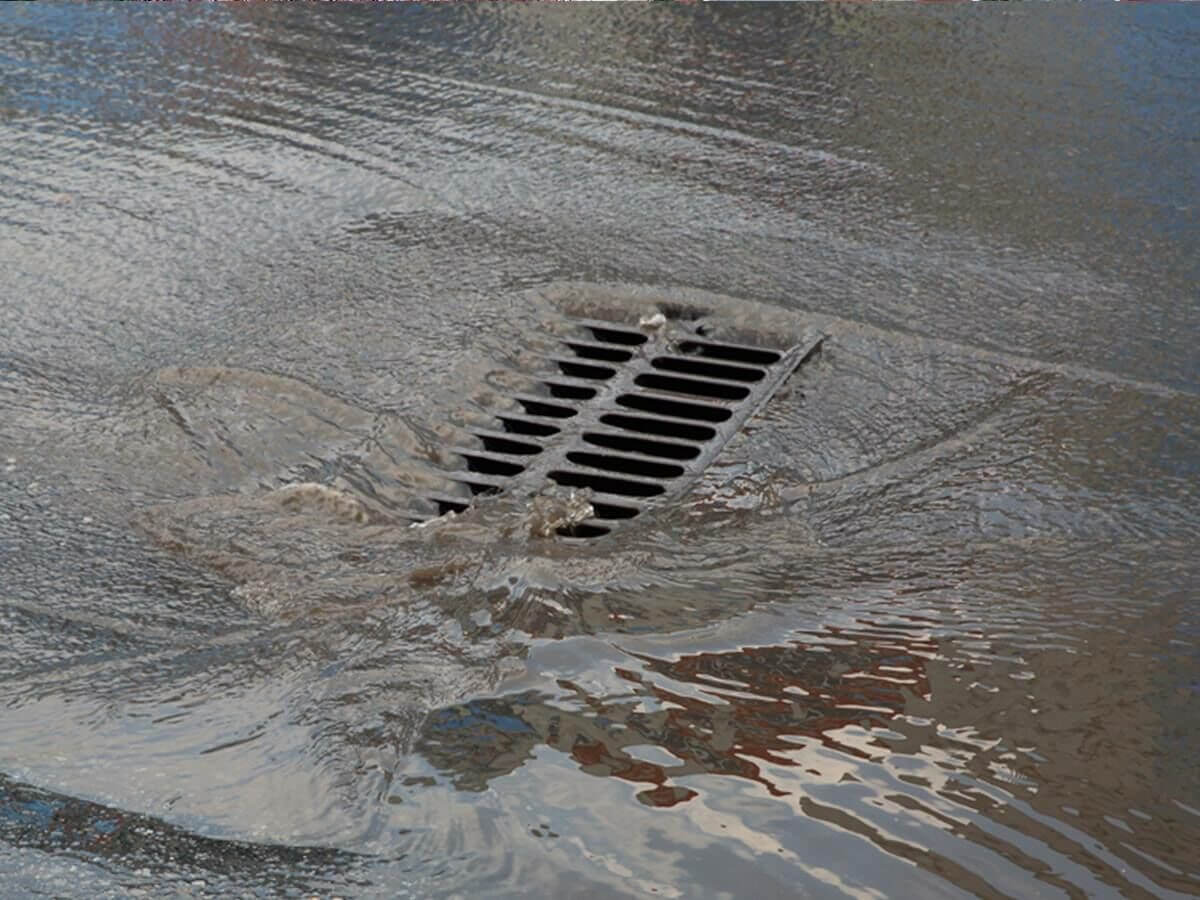Evercor’s Stormwater Management & assessment Services assist you in making informed investment decisions so that you can plan and budget properly. We can help you address stormwater issues quickly and easily, from mobile data collecting, real-time asset information, GIS mapping, and inspection/maintenance planning to capital forecasting, strategic planning, and bespoke reporting, including SMARTS data management. To turn your stormwater data into useful information.
Stormwater Management Services | Chesapeake Bay Watershed Region

The process of regulating the quality and amount of water that develops as a result of precipitation and runoff is known as stormwater management. While stormwater runoff is minor in natural regions, it may become an issue when these areas are replaced with impermeable surfaces such as roofs, parking lots, and foundations. Excess water instead of being absorbed into the ground rushes off into streams, creeks, rivers, storm drains, drainage ditches, and sewage systems, causing floods, erosion, infrastructure damage, and pollution.
If you are a property manager or developer, you are responsible for safeguarding precious resources. This means you’re in charge of stormwater management strategy planning, permits, and design, all while adhering to stormwater and environmental requirements for new and existing projects.
Evercor knows how to mitigate stormwater management demands no matter where you are or what your situation is. Program development, flood mitigation, erosion and sediment control (ESC), and green infrastructure services such as constructed wetlands, bioswales, retention ponds, catch basins, bioretention/biofiltration solutions, watershed restoration/riparian habitat
creation, rainwater harvesting, and porous/permeable pavement are all part of our stormwater services. We can help you reduce stormwater runoff while maintaining a safe, compliant, and sustainable water supply, thanks to our 25 years of technical knowledge.
We will work with you to provide the right solutions and technical expertise to meet regulations and green infrastructure standards while doing what’s best for your business with our comprehensive post-construction stormwater management solutions, as well as vactor jetting, and CCTV inspection capabilities.
Connect with the Stormwater Management Services experts at Evercor today!
Protecting Pennsylvania’s Chesapeake Bay Watershed
A watershed is a region of land where all surface and groundwater flows to the lowest point, which is commonly a stream, lake, or river. When rainwater doesn’t have the opportunity to soak into the ground like it would in natural forest conditions, it washes off of man-made surfaces and agricultural land, taking anything that it picks up along the way with it.
Nearly Half of Pennsylvania’s land area drains to the Chesapeake Bay through four major river basins with Pennsylvania accounting for 35% of the whole Chesapeake Bay Watershed.
The Susquehanna River is the bay’s major tributary, accounting for 90 percent of freshwater flow to the upper bay and half of total freshwater flow to the bay.
Stormwater runoff has impacted more than 11,400 miles of streams in Pennsylvania’s watershed, and it continues downstream to wreak havoc on the Chesapeake Bay.The Chesapeake Bay’s water quality cannot be repaired without Pennsylvania’s help. But, more importantly, Pennsylvania’s local water quality must be restored. Proper stormwater management is crucial in helping with this effort.
The Clean Water Act (CWA):
The Clean Water Act (CWA) defines the fundamental structure for controlling pollution discharges into US waterways as well as surface water quality criteria. The Federal Water Pollution Control Act, which served as the foundation for the CWA, was passed in 1948, although it was considerably restructured and enlarged in 1972. With modifications in 1972, the Act’s common name was changed to “Clean Water Act.”
The EPA has developed pollution control measures under the CWA, such as establishing wastewater limits for industry. The EPA has also published guidelines for national water quality criteria for contaminants in surface waterways.
The CWA makes it unlawful to discharge any pollutant from a point source into navigable waterways without a permit:
- Discharges are regulated by the EPA’s National Pollutant Discharge Elimination System (NPDES) permit program.
- Pipes and Man-Made Ditches are forms of point sources.
- Individual residences that are linked to a municipal system, utilize a septic system, or do not have a surface discharge do not require an NPDES permit; however, industrial, municipal, and other entities that discharge directly to surface waterways must get permits.
Compliance and Enforcement
- Clean Water Act Compliance Monitoring: investigations and inspections
- Water Enforcement